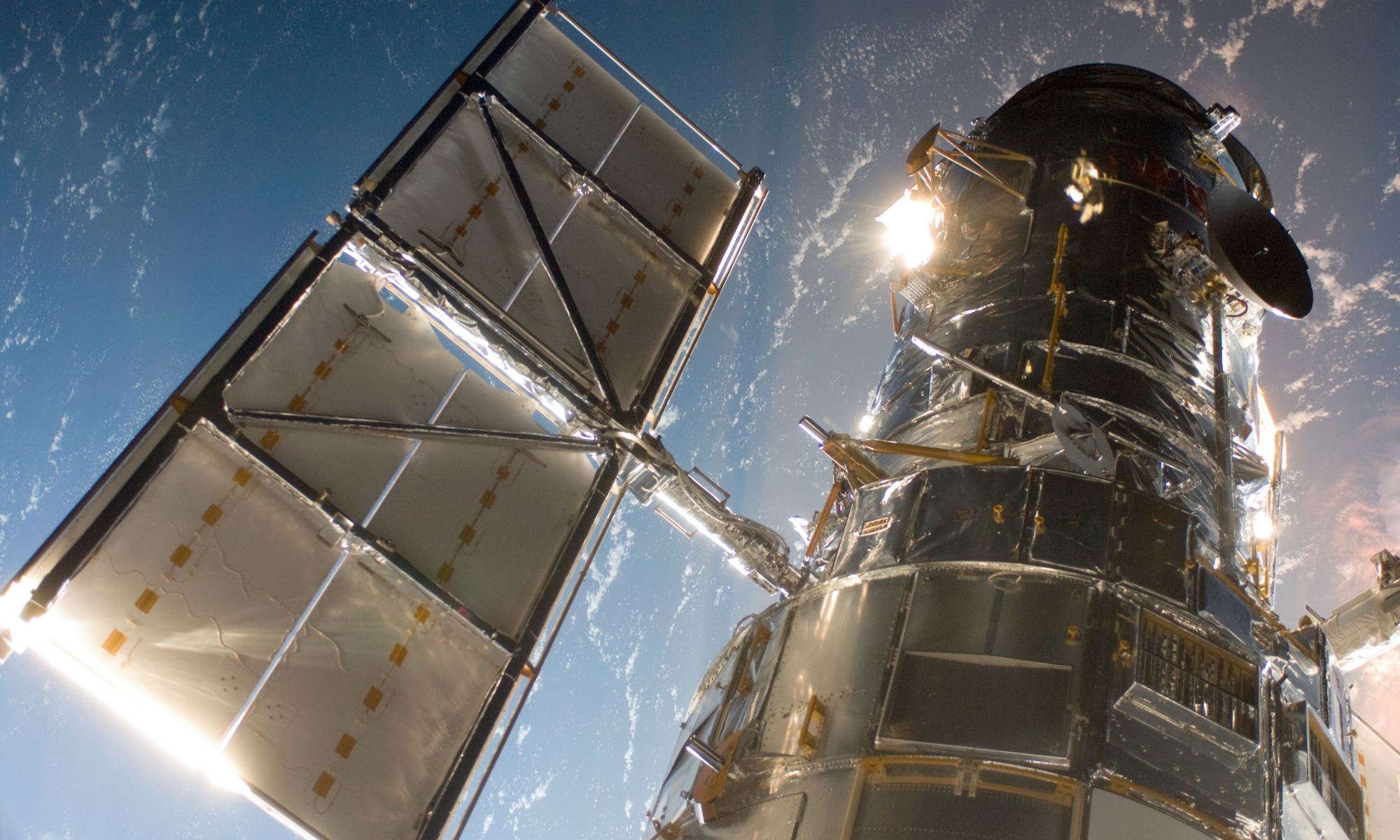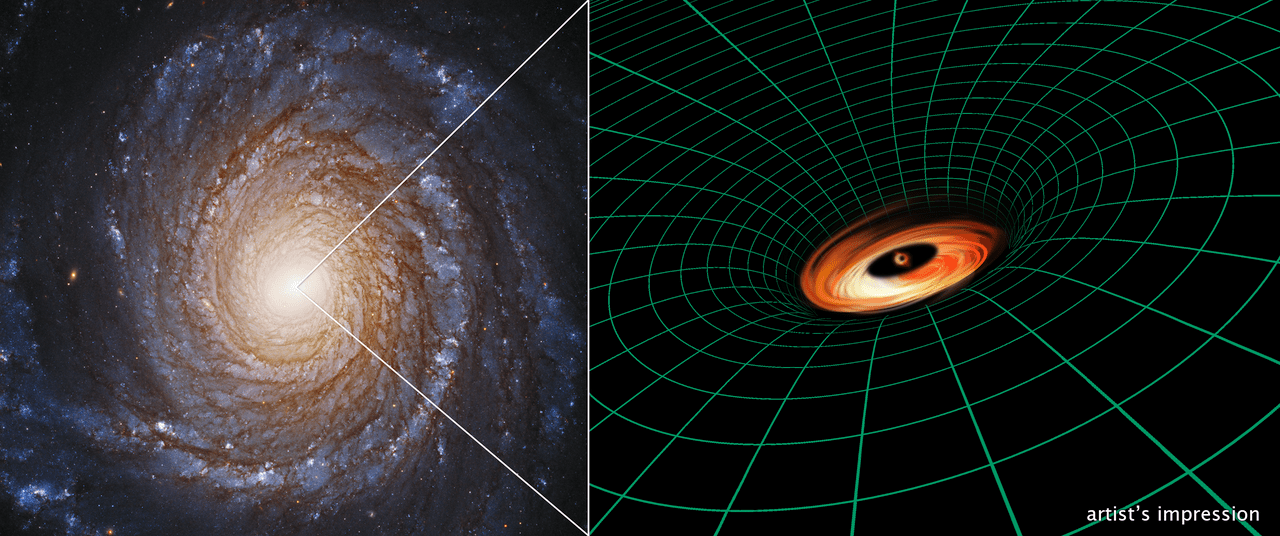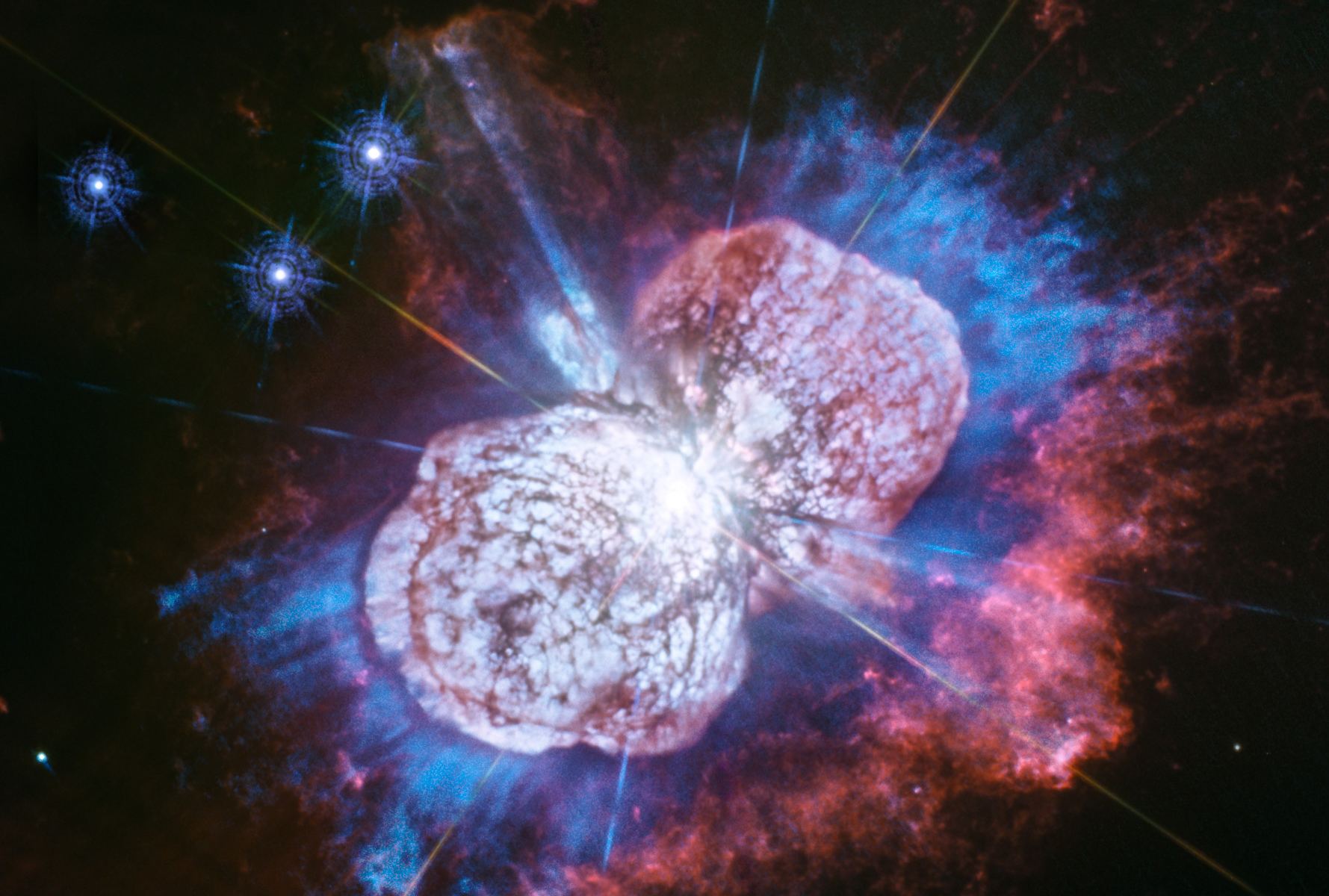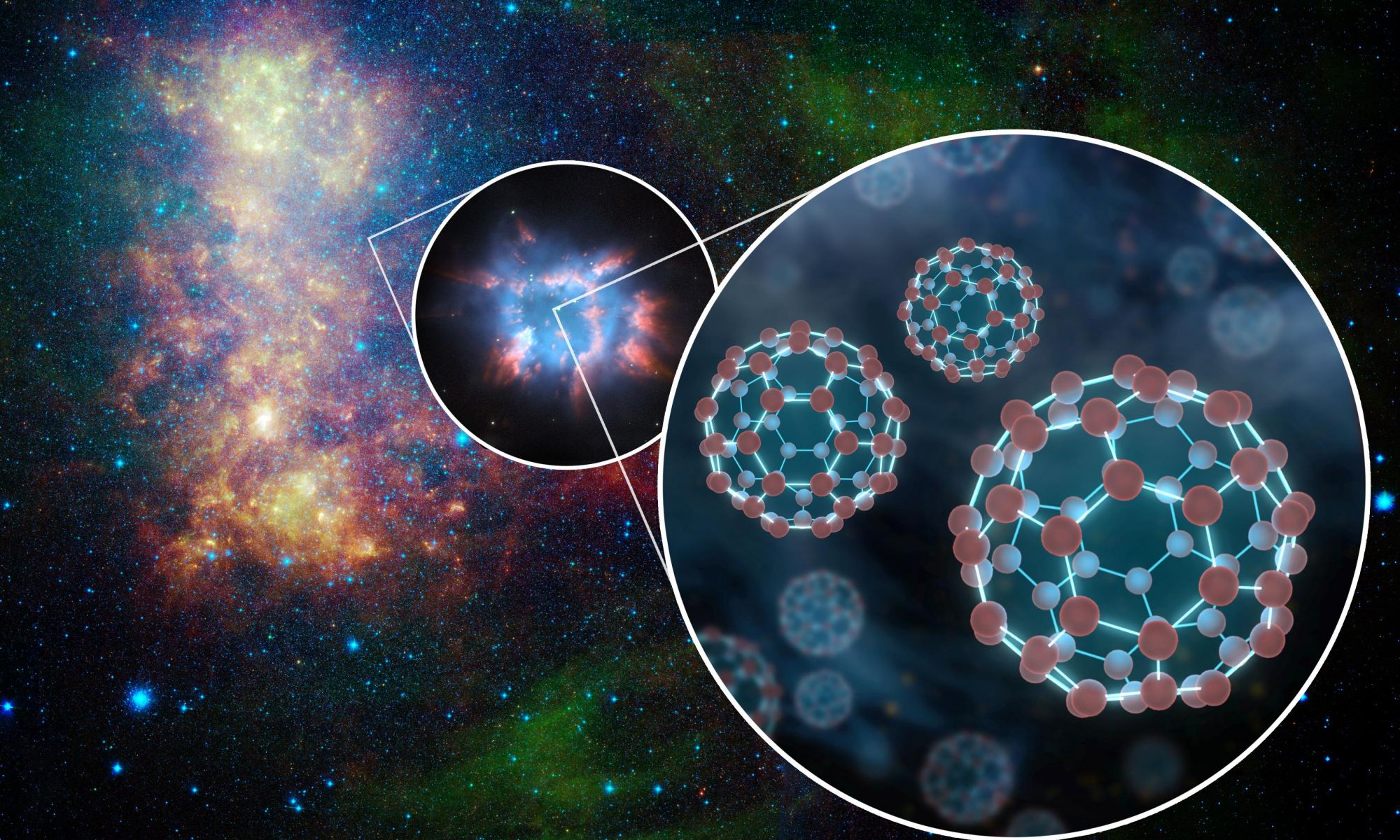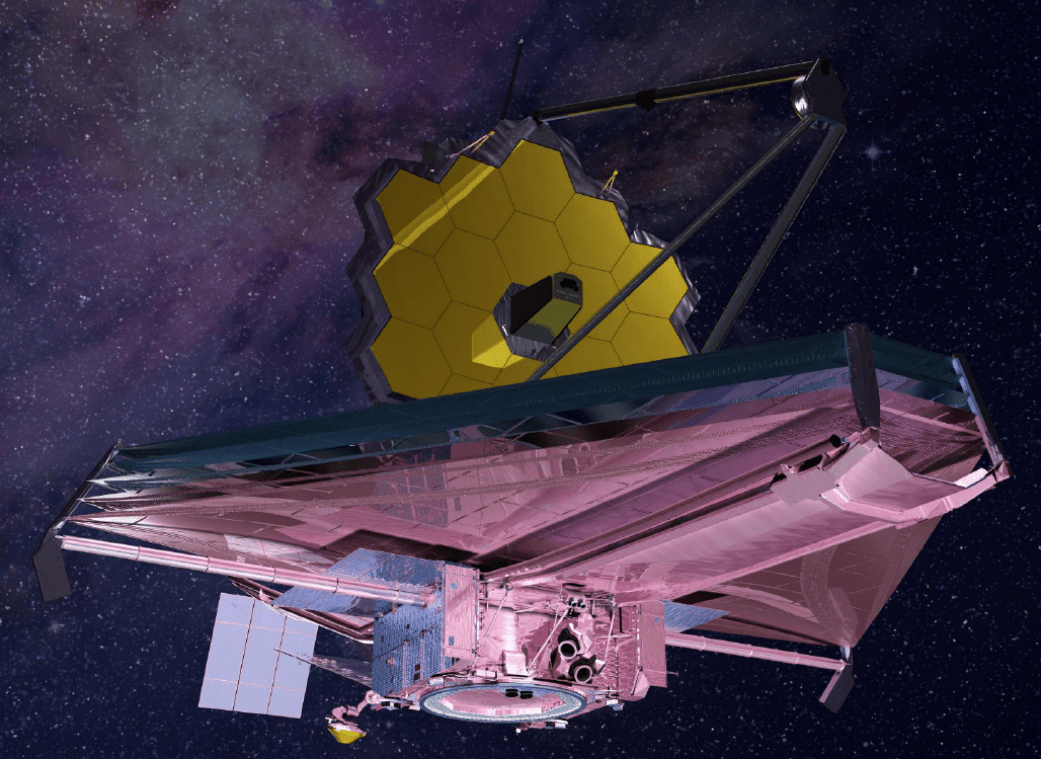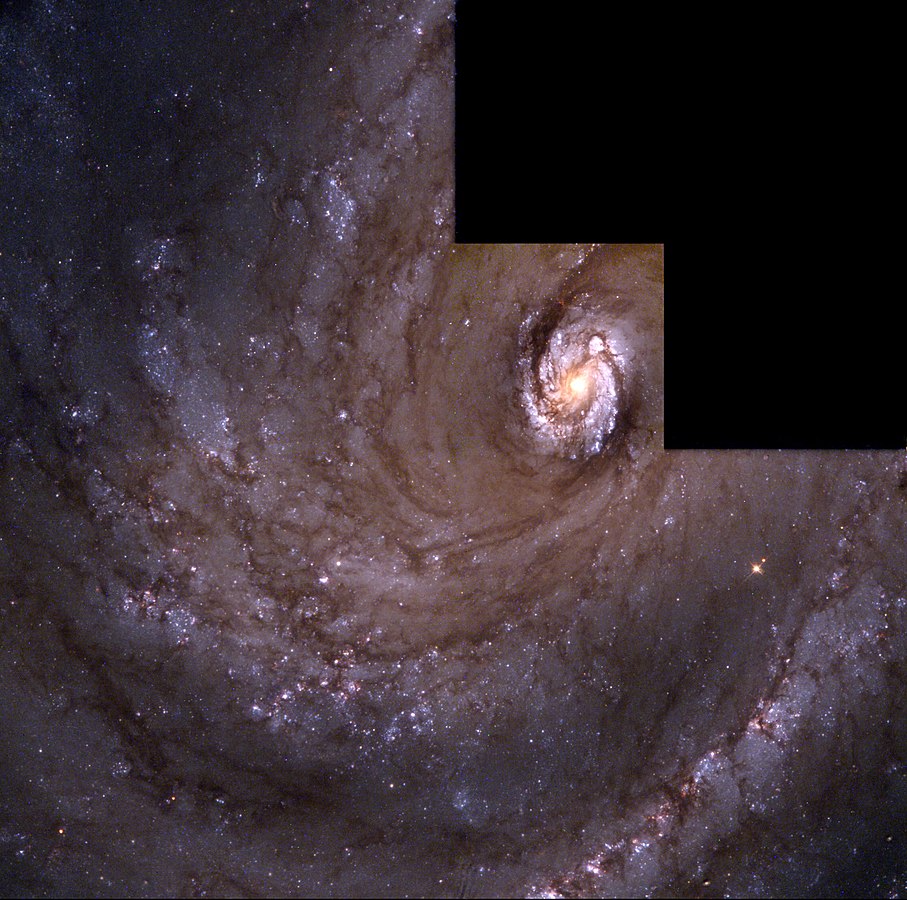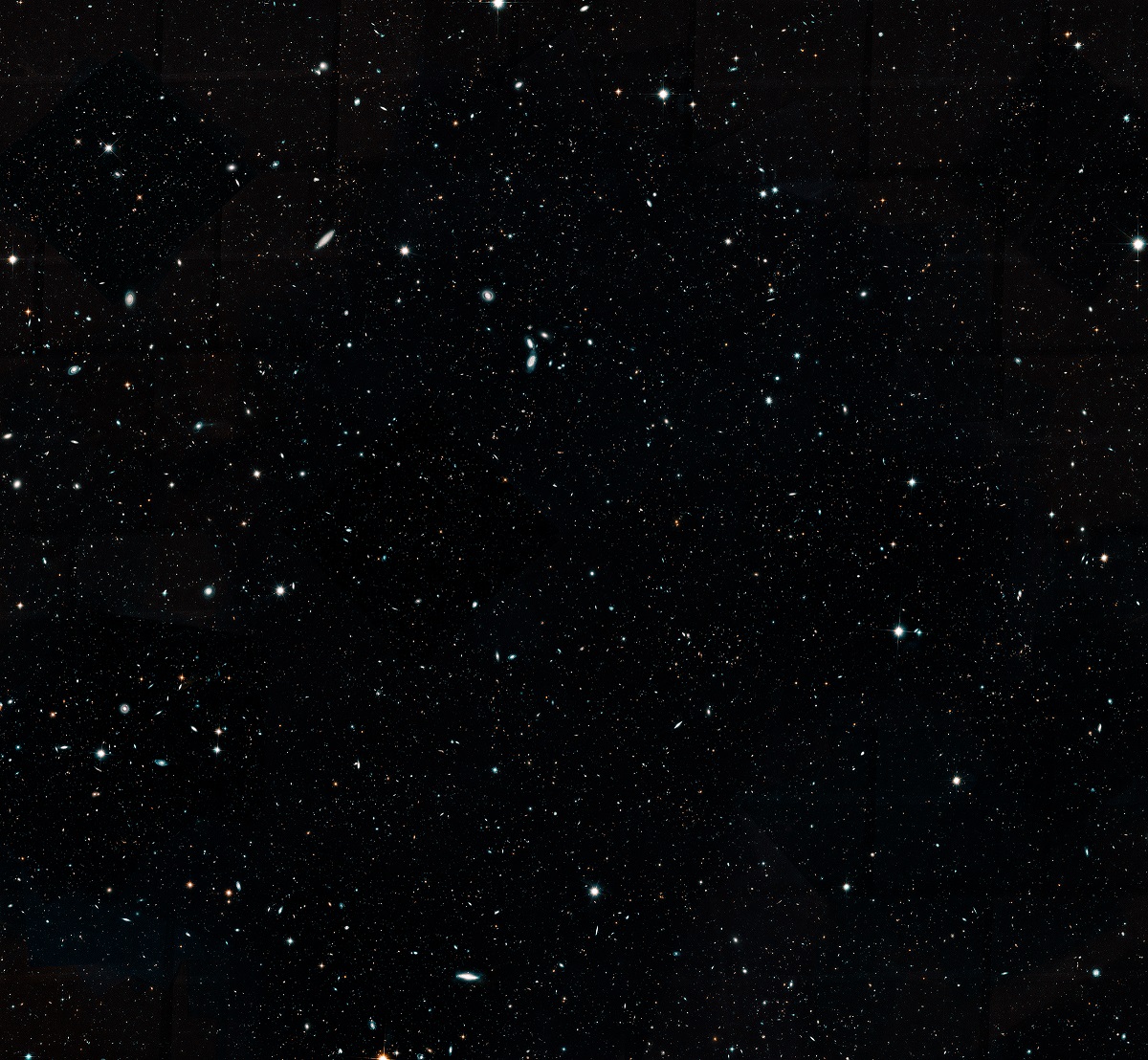Astronomers using the Hubble space telescope have discovered water in the atmosphere of an exoplanet in its star’s habitable zone. If confirmed, it will be the first time we’ve detected water—a critical ingredient for life as we know it—on an exoplanet. The water was detected as vapour in the atmosphere, but the temperature of the planet means it could sustain liquid water on its surface, if it’s rocky.
Continue reading “Water Discovered in the Atmosphere of an Exoplanet in the Habitable zone. It Might Be Rain”Water Discovered in the Atmosphere of an Exoplanet in the Habitable zone. It Might Be Rain


